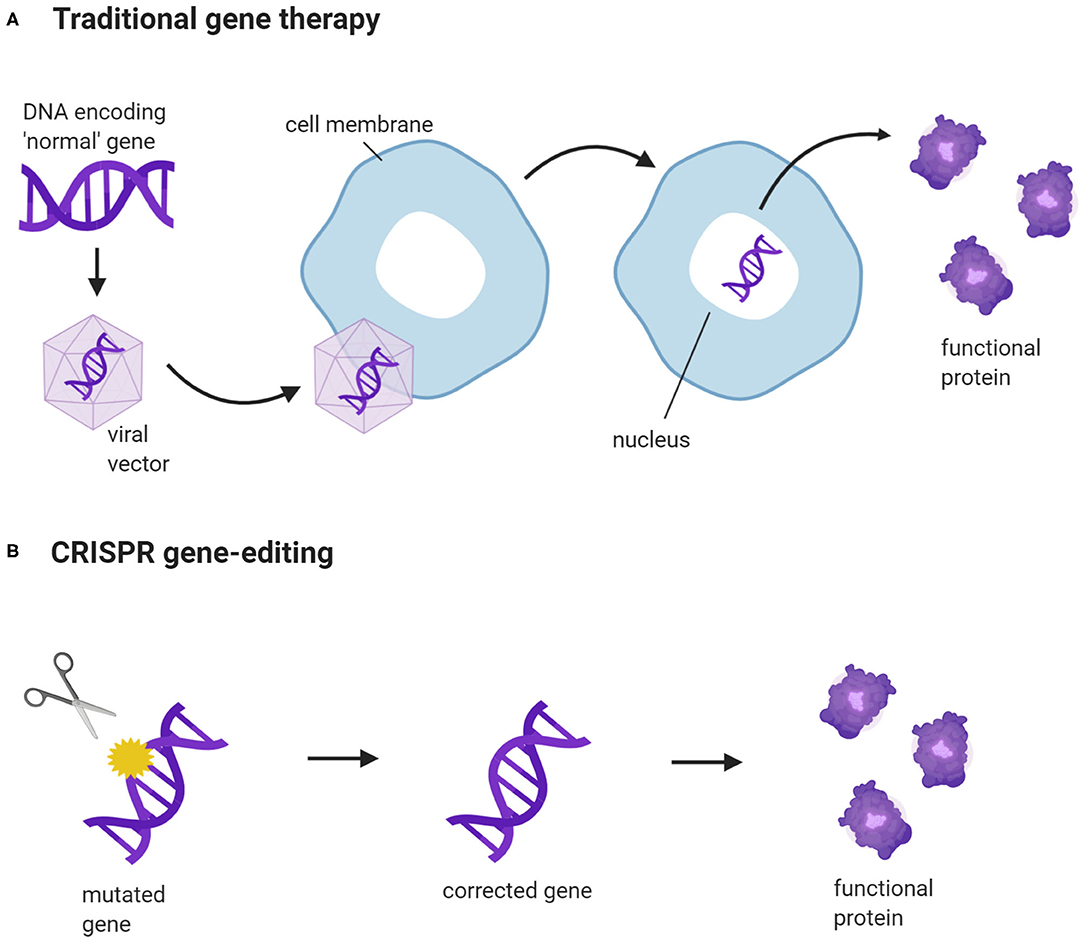Understanding Car Insurance Groups
Introduction
When it comes to purchasing car insurance, understanding how insurance companies categorize vehicles can be a game-changer. Car insurance groups play a crucial role in determining the cost of your insurance premium. In this comprehensive guide, we’ll delve into the intricacies of car insurance groups, helping you navigate this complex landscape with ease.
What Are Car Insurance Groups?
Car insurance groups are classifications assigned to vehicles by insurance companies based on various factors such as performance, safety features, repair costs, and theft rates. These groups help insurers assess the risk associated with insuring a particular vehicle, ultimately influencing the cost of insurance premiums.
How Are Cars Grouped?
Cars are grouped into categories ranging from Group 1 (the lowest risk) to Group 50 (the highest risk). The grouping process involves analyzing data on factors such as the vehicle’s engine size, power output, safety features, and repair costs. Vehicles with lower group ratings typically attract lower insurance premiums, while those in higher groups may come with higher premiums.
Factors That Determine Group Ratings
Several factors contribute to the assignment of group ratings to vehicles. These factors include the car’s performance, safety features, security measures, repair costs, and historical claims data. Vehicles with advanced safety features, low repair costs, and a lower likelihood of theft or accidents are often placed in lower insurance groups.
Impact on Insurance Premiums
The insurance group rating of a vehicle directly affects the cost of insurance premiums. Cars in lower insurance groups typically have lower premiums since they are considered lower risk. On the other hand, vehicles in higher insurance groups may come with higher premiums due to the increased risk associated with insuring them.
How to Check Your Car’s Insurance Group
You can easily find out which insurance group your car falls into by consulting online databases provided by insurance companies or industry organizations. Simply input your vehicle’s make, model, and year of manufacture to access its insurance group rating. This information can help you estimate the cost of insurance before purchasing a car.
Tips for Lowering Insurance Costs
While the insurance group rating of your vehicle largely determines your insurance premium, there are steps you can take to potentially lower your insurance costs. These include installing security features such as alarms and immobilizers, parking your car in a secure location overnight, and opting for a higher excess on your policy.
Understanding Group Changes
It’s important to note that a vehicle’s insurance group rating can change over time. Factors such as advancements in safety technology, changes in repair costs, and shifts in theft rates can all influence group ratings. If your vehicle’s group rating changes, it may affect your insurance premium upon renewal.
Choosing the Right Car Insurance
When shopping for car insurance, it’s essential to consider not only the cost of the premium but also the level of coverage provided. While opting for a car in a lower insurance group can help reduce your premium, it’s crucial to ensure that you have adequate coverage to protect yourself and your vehicle in the event of an accident or theft.
Conclusion
Car insurance groups play a significant role in determining the cost of your insurance premium. By understanding how vehicles are grouped and the factors that influence group ratings, you can make informed decisions when purchasing car insurance. Remember to regularly review your insurance policy to ensure that you have the right coverage for your needs. Read more about car insurance groups list




